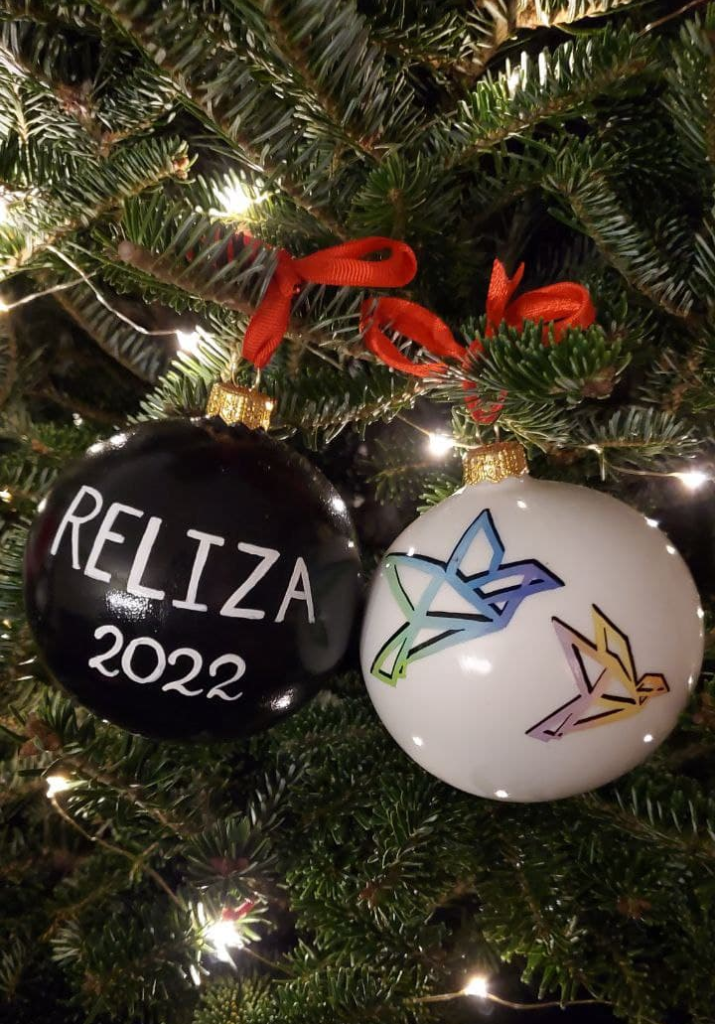Traditionally before the New Year, I list most significant DevOps trends for the next year. Here is my list for 2022.
Table of Contents
1. SBOMs are Getting Traction
I previously mentioned Software Bills of Materials (SBOMs) in my list for 2021. The key trigger accelerating industry-wide SBOM adoption was Biden’s recent Executive Order requiring vendors to provide SBOMs for the software released to the US Government.
At Reliza we are continuing to support and integrate CycloneDX SBOM standard in our tooling. In 2022, we are planning to add even more support around SBOMs to make their maintenance manageable.
Essentially, I believe that good tooling around SBOM governance becomes crucially important for the industry. We already see a lot of movement here in 2021, and it should be one of the major trends for 2022.
2. Race to Replace Docker is On
Docker has recently announced major change in its pricing model. Essentially, Docker Desktop is no longer free for medium and large corporations – those who either have $10 million or more annual revenue or more than 249 employees. Paid Docker plans start from $5/month – while this amount seems small, it is actually a huge deal for large bureaucratic organizations.
The problem here is two-fold. First, if a large organization is already using Docker, it is forced with a choice to convert all developers at once to paid plans, which may be costly. On the other hand, if an organization is not using Docker yet, it may now be very challenging to persuade management to start using Docker.
The fallout from this decision is a new trend to move away from Docker to other tooling – particularly, Podman and Rancher Desktop. Rancher Desktop is especially interesting, since it wraps K3s installation in familiar Docker-like syntax – letting people develop straight against Kubernetes without a need for Docker.
I expect the trend to replace Docker with other tooling to progress rapidly through 2022.
3. Cattle Clusters and Inter-Cluster Ingress
This was a large topic of KubeCon North America 2021 – essentially, trend to move away from pet clusters into cattle clusters should enable a lot of opportunities for rapid development.
Inter-cluster ingresses where a whole cluster may act as an application are part of this idea, which is also very interesting for many use cases.
Following KubeCon conversations, I expect a lot of movement in this area throughout 2022.
4. Wider Adoption of Blue-Green and Canary Deployments
In 2021, Argo Rollouts project moved to stable 1.x release versioning. That is significant, since its Rollout CRD can now wrap around existing deployments. Therefore, to use Argo Rollouts we no longer need to keep 2 sets of definitions or do sophisticated templating voodoo.
This should lead to a much wider adoption of Blue-Green and Canary deployment strategies – we will see details in 2022!
5. Bridging the Gap Between Internal Platforms and Production
Internal Platforms for Developers were branded as a big thing for 2021. Notable open source project in this area is Backstage, even though it is a Service Catalog rather than a full-fledged Internal Platform. However, Backstage joined CNCF recently, which is significant and leads to more traction in the space.
The big issue with Internal Platforms right now is that there is frequently a gap between their use in Development and completely separate Production delivery system. Such gap is against the spirit of DevOps, but is dictated by various security requirements and inability to satisfy them with existing tooling.
Therefore, ability to establish consistent deployment and versioning pattern between Development, Testing, Staging and Production becomes very important. I expect more projects in 2022 to be focused on this aspect in relation to Internal Platforms. That is actually also part of our focus with Reliza Hub – as we allow for lightweight way to preserve same versioning across different environments.
6. Establishing DevOps Baseline
So many things happened in DevOps in the last 5-6 years that certain technologies we considered to be “bleeding edge” until very recently have now become legacy. Tools like Chef come to mind here. Another example I can give would be using bare VMs to deploy something without containers (yes, people still do it sometimes even in Greenfield deployments).
The problem here is that someone who is not following all recent industry developments closely has hard time understanding what is considered best practices and what is the natural progression path in terms of better productivity, better quality and better security of software delivery.
In light of the above, another trend I see for 2022 is building communities that focus on education where we take some time and highlight the current state of the industry and what is considered best practices. I believe it is a good time for this exercise because Kubernetes eco-system is now mature and would clearly shape the industry for years.
A new established industry baseline should be able to bring more people up to speed and allow everyone to grow faster in the new paradigm. Common understanding is needed so we do not waste time explaining why legacy technologies are considered legacy. For example, I would prefer working with someone on Argo Rollouts, rather than spending time to explain why software should be containerized.
On my side this means more activity related to our DevOps Community. I’m also launching a free entry-level DevOps course for DevOps community members in Q1 2022 (stay tuned). I know there are other platforms, notably Kodekloud that are doing great job in terms of DevOps education. I hope the DevOps education trend continues well into 2022 and would help bring the industry to the new heights!
